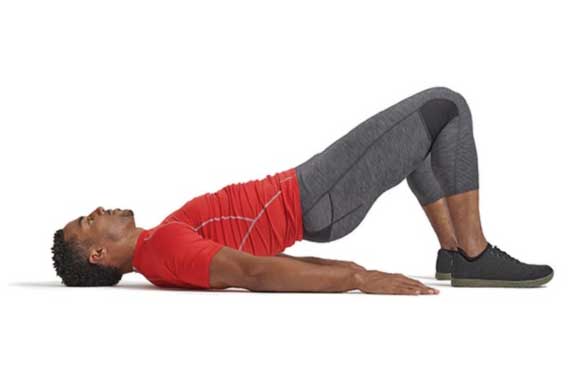Welcome back. Before I talk about how I started to solve the problem that I discussed in Part 1 of this blog, I need to dive into a bit of science.
A good amount of my work at Atheq is focused on discovering what is the programmed primary mover of my clients, what is secondary, and what is tertiary. In simpler terms, movement is created by specific muscular contractions. Each muscle creates a certain movement around a joint. Depending on imbalances of strength and neuromuscular programming, we are either programmed into strong primary movers such as our glutes, or the glutes are too weak to support movements that should be primary to that muscle, and other muscles are forced to compensate. These patterns become neuromuscular in nature over time. Keep in mind these compensations show up all over the body, but for now we will focus on the posterior chain. I am constantly working on not only identifying the compensatory patterns, but creating methods and tools to help people program out of them by inhibiting the muscles that have become dominant in their own personal neuromuscular patterning. (Note that this athlete is close, but not fully in hip extension in his bridge. Also note the ratio in size of hamstring to glute muscle. Would we expect to see compensations in this athlete’s kinetic chain?).

Getting back to our story, you can see how this all plays into something as simple as the act of bridging. When I attempted to bridge, I would feel tension and pain in my lumbar/low back that would increase the longer I bridged, and the higher I lifted my hips. My hip extension (the closer my body is to creating a straight line in the bridge) was dominated by my low back dominance. My hip extension had become a fully lumbar dominant movement, creating massive flexion/contractions in my paraspinal muscles in order to create the movement. When I inhibited the low back in this movement, my hamstrings immediately started cramping as I forced the load to shift from my paraspinals for hip extension, into my posterior chain. Understanding that hip extension should be a glute dominant movement, this signaled that my hamstrings were dominant in my hip extension (and my glutes were very weak), after I shut off my lumbar flexion/movement. So we can ascertain that my primary mover of hip extension had become my lumbar/low back, and my secondary mover had become my hamstrings. When attempting to shut off my hamstrings and low back, I immediately felt tightness in the front of my hips, which was indicative of a compensation pattern of pulling from my hip flexors instead of firing at the glute. So I hypothesized that I was lumbar dominant primary, secondarily hamstring dominant, and had a poor association with my hip flexors as tertiary.

When attempting to fire the glute as primary in any type of bridge, I simply could not. I can not stress this enough, that even understanding exactly what was going on, I was unable to fire the glute to get myself out of back pain without locking my hamstrings and pulling from my hip flexors. I had a hypothesis, and fortunately enough I have a beautiful girlfriend that was more than willing to work through this problem with me step by step. She had always had low back tension, poor posture, and some very indicative movement patterns that let me know that she needed hip strength as well. However, since she was never in an accident and did not have the level of damage that I had, I surmised that she might be more responsive to the ideas that I had tried with my own body.
We worked over the next several weeks to inhibit her paraspinals in the bridge (that were dominant at first and created pain) and then her hamstrings. Interestingly enough, she was hamstring dominant in her bridging as well. We used a combination of neuromuscular cuing and bio feedback techniques that I developed and quickly she was able to inhibit the hamstrings and get the glutes to start to load. Today, what once took external/internal cuing and constant bio feedback to get her glutes to activate, is now instant for her. We then took this same reprogramming and applied it to her hinging/sitting movement, as well as her gait and running mechanics. Today she is fully glute dominant, with an absolutely incredible level of functional strength (she can move cars and weighs around 105 LBS) Her low back is flawless and pain free, and her posture is perfect. Glute dominant reprogramming is a reality. She gets asked on the daily how she was able to build such strong (and large) glutes, and why her posture is so good. It all started with the reprogramming process, and then a targeted application of these principles and movement patterns into her daily life. I have added a before and after picture below. She does not enjoy the gym, so all of this was accomplished in about 15 mins a day from home/work, and eventually she started using bands as well for resistance.

But what about me? With all of the damage and injury, was I ever able to break through and change my own neuromuscular firing patterns? How did I do it, and how was my process different? Part 3 next week!

